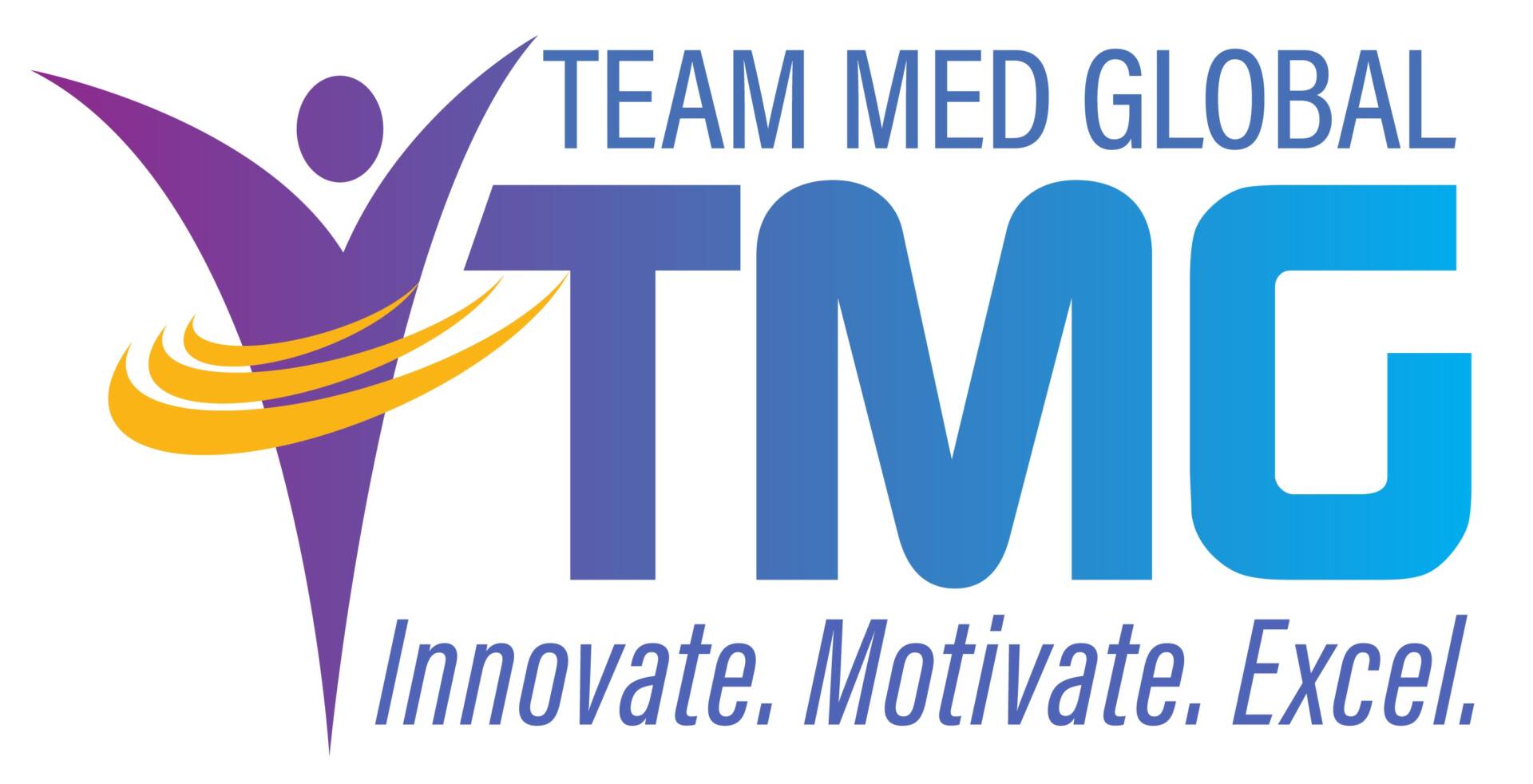 One of my favorite sayings is, “Change is chance.” I have used this mantra in coaching my team through transitions in new software, adapting to new processes, and moving into new offices. Personally, I am in the camp who loves change – most of the time. There are times, though, when change seems less like a chance and more like a challenge.
One of my favorite sayings is, “Change is chance.” I have used this mantra in coaching my team through transitions in new software, adapting to new processes, and moving into new offices. Personally, I am in the camp who loves change – most of the time. There are times, though, when change seems less like a chance and more like a challenge.
This year has been one for the record books. In healthcare, we saw waves of change driven by uncertainty, where those driving were not necessarily those we’d expect to be at the wheel. In my office, I kept an ongoing note titled, “Change of the Week. It began as an inside joke with myself, only to become a memorial of preposterous events. As the months passed and the changes became increasingly difficult to track, our organization began to see even bigger changes as a result in loss of revenue and low volume. Change got real, and instead of chances all we could see were challenges.
“Change management” is used by organizations to identify how to approach an impending change or challenge. You may be asked in an interview, or by your leadership, about your approach to change management. If you are stuck, you can go to Google and find over 6,000 books on the subject, all written by experts with, let’s be real, different opinions. One’s point of view really is the crux of being a leader during times of change.
Human nature and basic psychology prove this: undeniably, no matter what the nature of the change is, the impact to an individual is directly correlated to how they respond to that change. Take this example: Sally and Joey see the ice cream truck and have $5.00 to share for a treat. Sally always gets the $2.00 Atomic Pop and Joey gets the $3.00 Chocolate Dino ice cream. On this day, the ice cream man tells the kids the price of the Chocolate Dino is now $3.50. Sally is not bothered by the change, and Joey is forced to step outside his comfort zone and make a decision to try something new. This may sound elementary, but it mirrors what happens when change occurs in the professional realm.
“The only constant in life is change,” said Heraclitus of Ephesus in 500 BC. He had no idea about the changes facing us in the 21st century, yet he nailed it. It is up to you to nail how you manage your own changes – whether they be chances or challenges.
This change toolbox can help you navigate those chances and illustrates that you do have some control no matter the change.
Change Management Toolbox
- Identify the impact of change. When you get news of change it can feel heavy. Create a list of pros and cons and you’ll be surprised by how many advantages you find. For seismic workplace change, involve your team in creating the list. Remember, “Alone we can do little, together we can do so much.”
- Mitigate the fallout. Each person responds to change in a different way. Know your people and make sure you share the news accordingly. For example, call a face-to-face meeting instead of email communication when the change appears to be a big challenge.
- Control only what you can. Changes can seem overwhelming. Take the pieces you have control over and focus on them. Oftentimes, organizational changes have many moving pieces, and it is up to you to take care of your piece.
- Accept the “why” instead of questioning it. Emotions can get in the way of how we comprehend what is happening. Take a deep breath and ask yourself to see why the change is happening in order to make an adjustment and push on.

